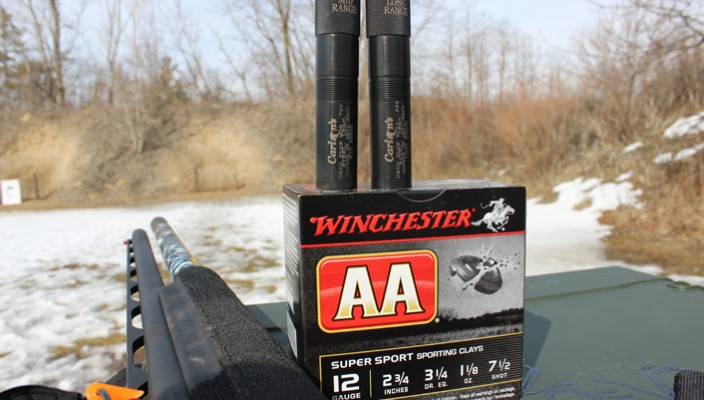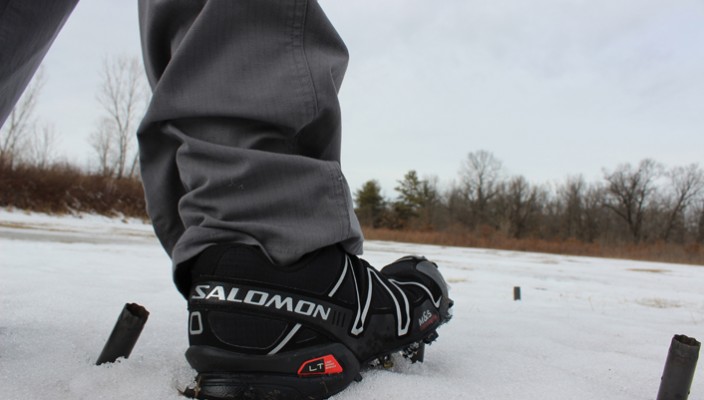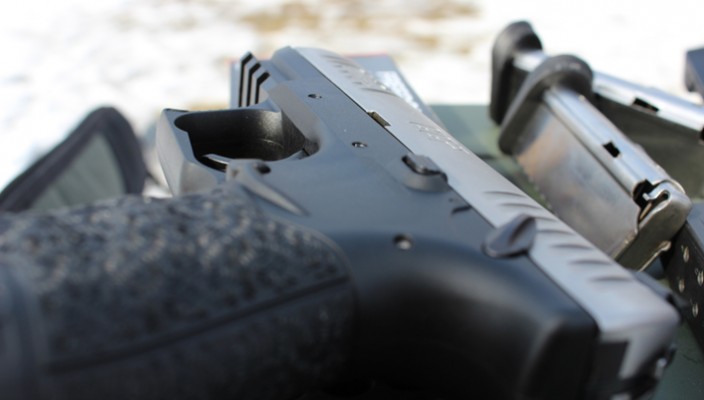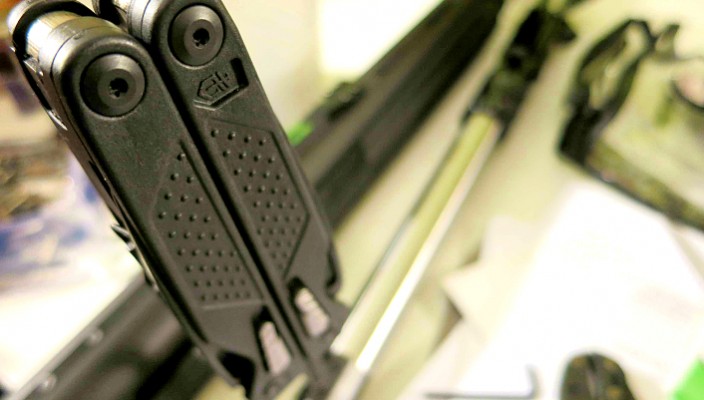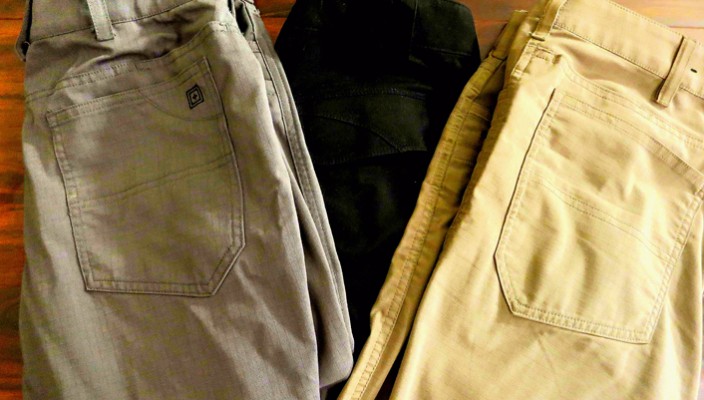Understanding Choke Tubes and Patterning Your Shotgun
Contrary to what we see in the latest action blockbusters, you actually have to aim a shotgun. Shocker I know, right? Regardless of where you are in your stage of understanding all things firearms, shotgun loads and chokes can be confusing at times to say the least. Which is probably why it’s commonly referred to as the “thinking man’s” gun. You can consider this a choke tube/ patterning 101 for the novice to beginner scattergun owner.
It used to be a general rule of thumb, that birdshot and buckshot once they’ve left the barrel of a smoothbore shotgun, spread outward right around one inch for every yard. Unfortunately that easy to explain way of shotgun patterning isn’t the slightest bit true. One thing that holds far more truth than anything else, is that every shotgun patterns (the outward spreading of your shells shot at a particular distance) differently.

Although birdshot and buckshot don’t spread at this mythical inch, they still spread and the farther your target is away from the end of the muzzle, the farther the outward spread of your projectiles. While this sounds like a good thing if you want to hit your target without aiming, one or two pellets are certainly not enough to take down a steel target or pheasant in flight for example. This is where chokes come into the picture.
Chokes aka choke tubes, work by constricting the shot right as it’s starting to open up when exiting the muzzle. The more restriction or more “choke”, the tighter the shot will be at distance. The opposite also holds true, the less choke the wider your shot will spread at that same distance. What choke is right for you? Depending on what you’re doing, skeet, 3Gun, or waterfowl hunting, there are sets of chokes made to give you the desired effect.
In my case I’m shooting 3gun and went with a Carlson extended waterfowl choke set which gives you the three most common choke tubes needed for your shotgun in the sport. The chokes in this set are the exact same as an (IC) improved cylinder, (MOD)modified, and full chokes or as they’re labeled, close range, mid range, and long range.
Patterning:

While that’s great that these chokes make it semi-easy to figure out which one to use based on the distance of your target, you’ll only truly know the spread of your shot by testing out each choke at the same distance with the same ammo aka patterning.
For my particular application I’m using Winchester super target 2-3/4, 1300fps/3-1/4 dram, 1-1/8 oz, #7-1/2 shot. Upon further inspection this means there’s 393 pellets in every shell. (This will come into play later)
DISCLAIMER*Your experience will obviously be different, that is unless you’re shooting the exact same 24” barrel Stoeger M3000 with the same ammo and at the same distance.
Close range –Improved cylinder
With the close range choke installed and a standard 18×30” IPSC target placed at 25 yards, I fired one shot off the bench at the center A-zone.

At this distance only 196 pellets made it on the target and the actual pattern of the pellets that did hit is quite wide. In my experience this would be ok for busting a clay out of the sky or one at rest but unless I was dead on with a 6” steel target it may or may not knock it over.
Mid range- Modified
With the mid range choke installed and a new standard 18×30” IPSC target placed at 25 yards, I fired one shot off the bench at the center A-zone.

At this distance, 320 out of the 393 pellets made it on target and the pattern was very dense for the area that I was aiming. This would without a doubt knock over any steel target you would see on the 3gun circuit at this distance.
Lone range- Full
With the long range choke installed and a new standard 18×30” IPSC target placed at 25 yards, I fired one shot off the bench at the center A-zone.

The results are somewhat surprising in that only 318 out of 393 pellets hit the target. This may be a case of a few fliers or a less than perfect shot on my end but I suspect that if I pushed the distance out to 35 yards and retook the shot, it would have a high percentage of pellets on paper based on the density of the shots that were on this 25 yard target.
So what does this tell me?
For one, if I were shooting steel targets at 25 yards I’d opt for the mid range or modified choke to be sure I knocked that target over. Also from this test I can guestimate that the max range I’d want to push the close range or improved cylinder choke out to is 20ish yards based on what I’m doing. If I was going to be using a different selection of ammo, I would perform this test again to ensure I had the right density and pellets on paper based on the same distance.
While this isn’t the most scientific or in-depth discussion of all things shotgun patterning and choke tube selection, however it is a brief introduction and “how-to” for the novice looking to get your feet wet in the world of figuring out exactly what your shotgun is capable of. Hopefully this article did just that.
Still have questions about choke tubes or patterning? Let me know in the comment section below! As always guys, shoot-em straight and be safe.
Read More


